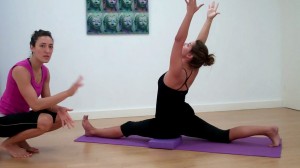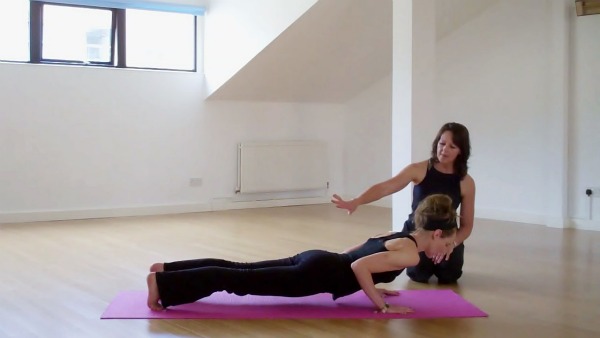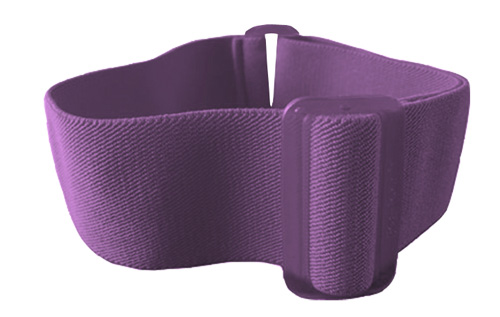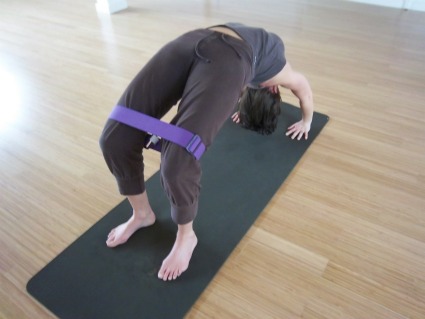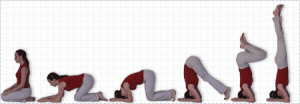 Stemming from a discussion the other day about what part of the head you use for a headstand, Pilar and Ellie decided to make a few videos. Below you will find Sirsasana A with Pilar and Sirsasana B with Ellie. These videos are of course in addition to learning in class with your teacher present.
Headstand is wonderful inversion that can stimulate the brain, energise the body and mind, and help you feeling strong. It requires strength, flexibility, and practice. So don't get discouraged if you don't come right up the first time you try. When the body and mind are ready, the pose comes.
Stemming from a discussion the other day about what part of the head you use for a headstand, Pilar and Ellie decided to make a few videos. Below you will find Sirsasana A with Pilar and Sirsasana B with Ellie. These videos are of course in addition to learning in class with your teacher present.
Headstand is wonderful inversion that can stimulate the brain, energise the body and mind, and help you feeling strong. It requires strength, flexibility, and practice. So don't get discouraged if you don't come right up the first time you try. When the body and mind are ready, the pose comes.
Typically we learn Sirsana A, before moving on to a tripod headstand. Here it is:
http://youtu.be/UrpUmWwAeQ4
Here in Sirsasana B, Ellie answers the question of what part of the head rests on the floor, and how to find it. In pressure point terms it is Du 20, the top of the head just up from the ears. Check out tripod below!
http://youtu.be/51QM6IWu0J0
Ellie Coats is our Yoga for Athletes expert starting your day right on Tuesday mornings at 7:30. Pilar teaches headstands and more inversions in her 2/3 classes. Come along and have fun!
If you have just tuned in to the blog, check the many other videos we have made here at Camyoga under the video blog section of the site, and Subscribe on youtube.

